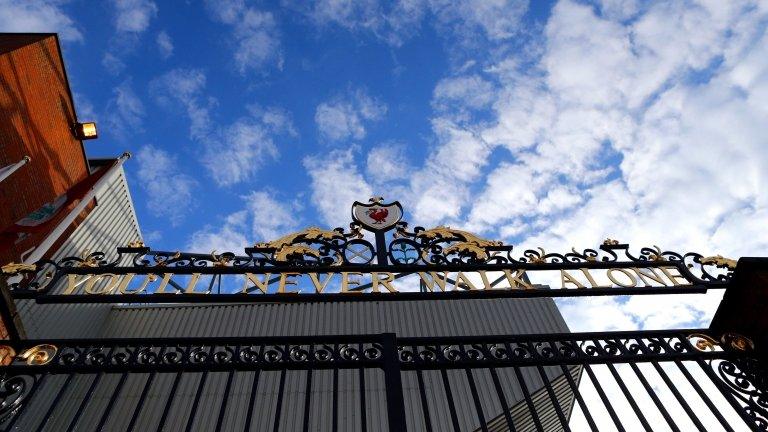Hillsborough Inquests: 'Painstaking' search for victims in footage
- Published
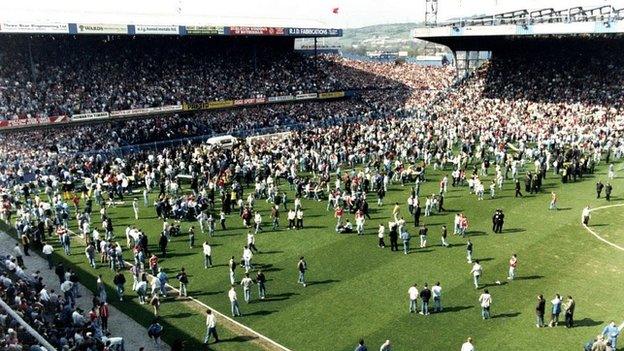
Police have gone through 7,000 photos and 2,000 videos in order to identify victims
The Hillsborough disaster inquests jury has been told of the "very painstaking work" police and families undertook to identify the victims in thousands of videos and photos.
Ninety-six Liverpool fans died as spectators were crushed during an Sheffield FA Cup semi-final in 1989.
Det Supt Neil Malkin said officers had trawled through 7,000 photos and 2,000 videos in a bid to identify victims.
He said police had also spoken to 1,500 people and looked at 500,000 documents.
Det Supt Malkin is the senior manager for Operation Resolve, which is looking at the Hillsborough operation on 15 April 1989 and the planning and preparation beforehand.
'Virtual walkthrough'
The jury were shown new 3D computer graphics of the ground
The inquest in Warrington was told he was delivering the "uncontroversial background evidence" at the inquests, which resumed after a break following the completion of the families' pen portraits of those who died.
Members of the jury were shown new 3D computer graphics of the Sheffield Wednesday stadium as it was in 1989, and through which they were given a "virtual walkthrough".
The jury is due to visit the stadium on Friday.
The inquest heard Coroner Lord Justice Goldring had given Mr Malkin's team six areas to investigate:
stadium safety
preparation for the match
crowd management on the day and the fatal crush
the emergency services' response
the medical causes of the deaths
the movements on the day of those who died.
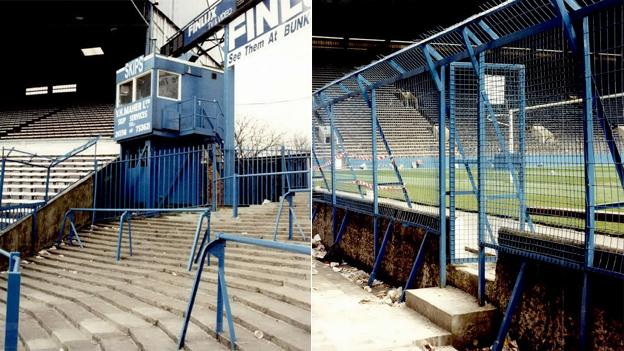
The jury was shown photos of the police control box and the perimeter fences
Det Supt Malkin went on to tell the hearing about the staffing and processes of the emergency services on the day, and the responsibilities of Sheffield Wednesday (the host club) and local councils.
He explained the police policy of segregating fans at the time of the disaster, explained the different routes Liverpool and Nottingham Forest supporters took to the ground and the areas they were assigned within it.
The court heard the ground had 83 out of 93 turnstiles operating on the day, 60 allocated to Nottingham Forest and 23 to Liverpool.
The jury was shown images of the Leppings Lane Stand where the disaster happened, including photographs of the enclosures, the tunnel that led into them, the perimeter fences that surrounded them and the police control box that overlooked the stand.
Images of views from inside the control box were also shown as well as a photograph of Gate C, which was normally closed on match days, partly open with policeman standing by it.
Asked about video footage, Det Supt Malkin said it had come from several sources, including the stadium's CCTV and BBC camera footage.
He said the majority had been digitised from original footage for use at the inquests, but that two VHS tapes, one of them showing the stand's turnstiles, had been reported stolen.
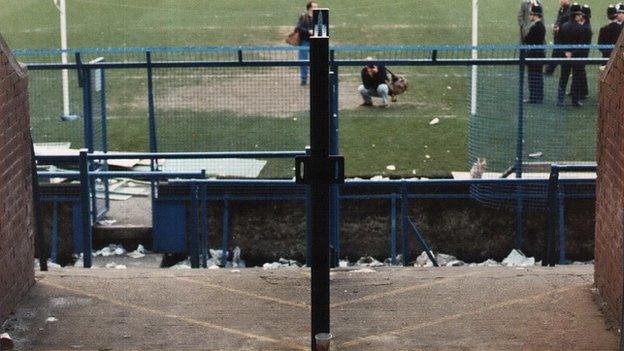
The jury saw footage of the tunnel that leads from the Leppings Lane turnstiles to the pens
He said an investigation into what had happened to those two tapes was continuing.
Det Supt Malkin also spoke about previous semi-finals held at the ground, including the 1981 game between Tottenham Hotspur and Wolverhampton Wanderers where evidence of crushing at the Leppings Lane End led to injuries but no deaths.
He said the stadium was chosen to host the 1989 game by the FA after a bidding process which involved 13 clubs, and the allocation of the Leppings Lane End to the Liverpool fans had been a South Yorkshire Police decision.
He added the overriding argument for the allocation had been about where the fans would travel from, which led to Liverpool being given the west side of the stadium.
The inquests continue.
- Published28 April 2014
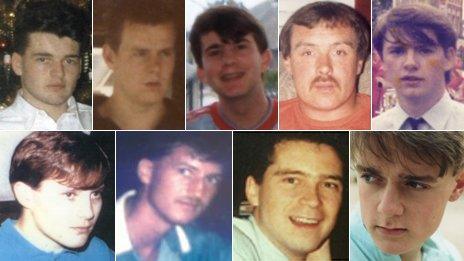
- Published25 April 2014
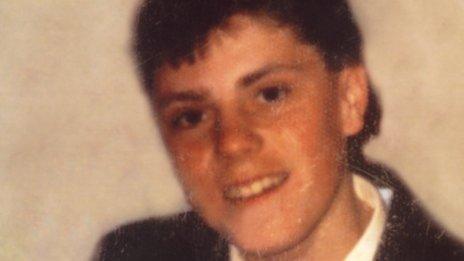
- Published24 April 2014
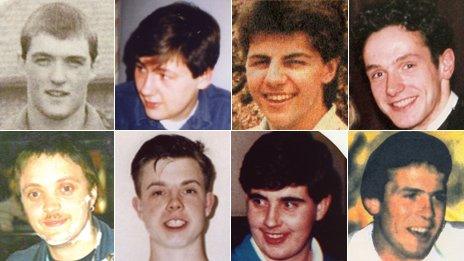
- Published23 April 2014
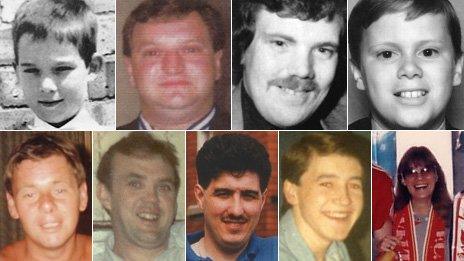
- Published22 April 2014

- Published10 April 2014
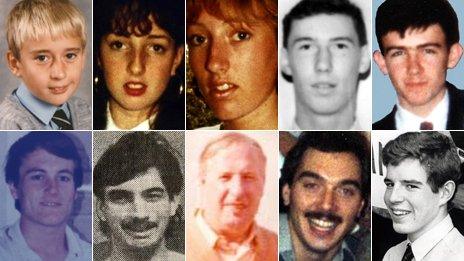
- Published9 April 2014
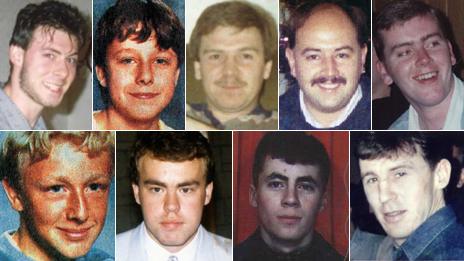
- Published8 April 2014
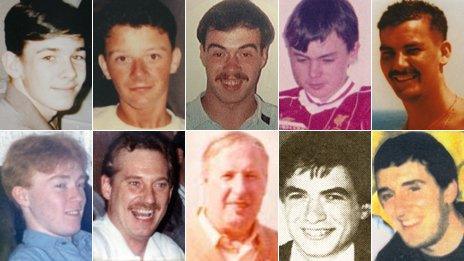
- Published7 April 2014
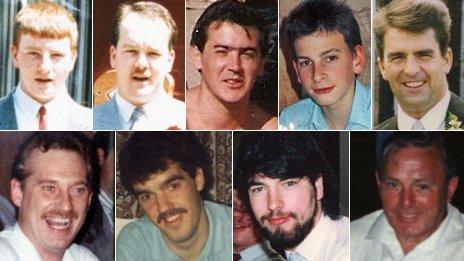
- Published3 April 2014
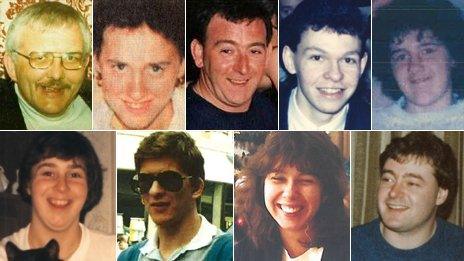
- Published3 April 2014
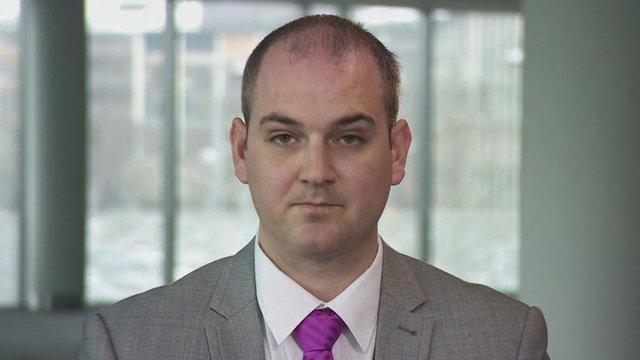
- Published2 April 2014
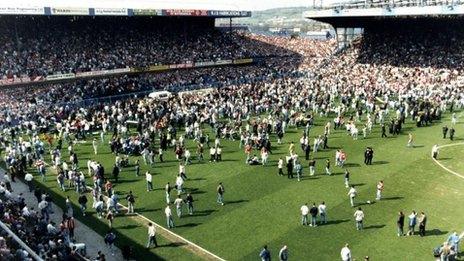
- Published1 April 2014
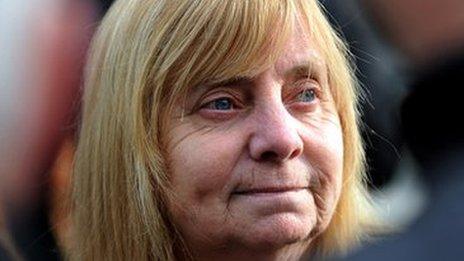
- Published26 April 2016
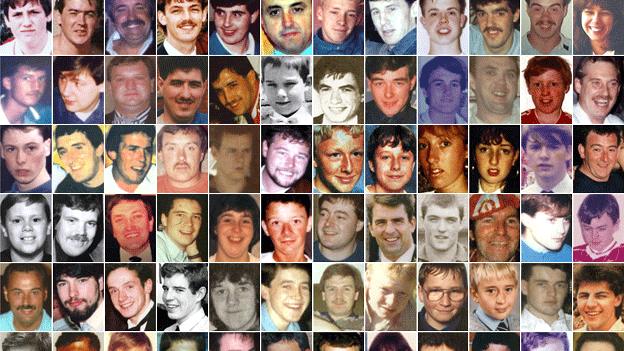
- Published31 March 2014
